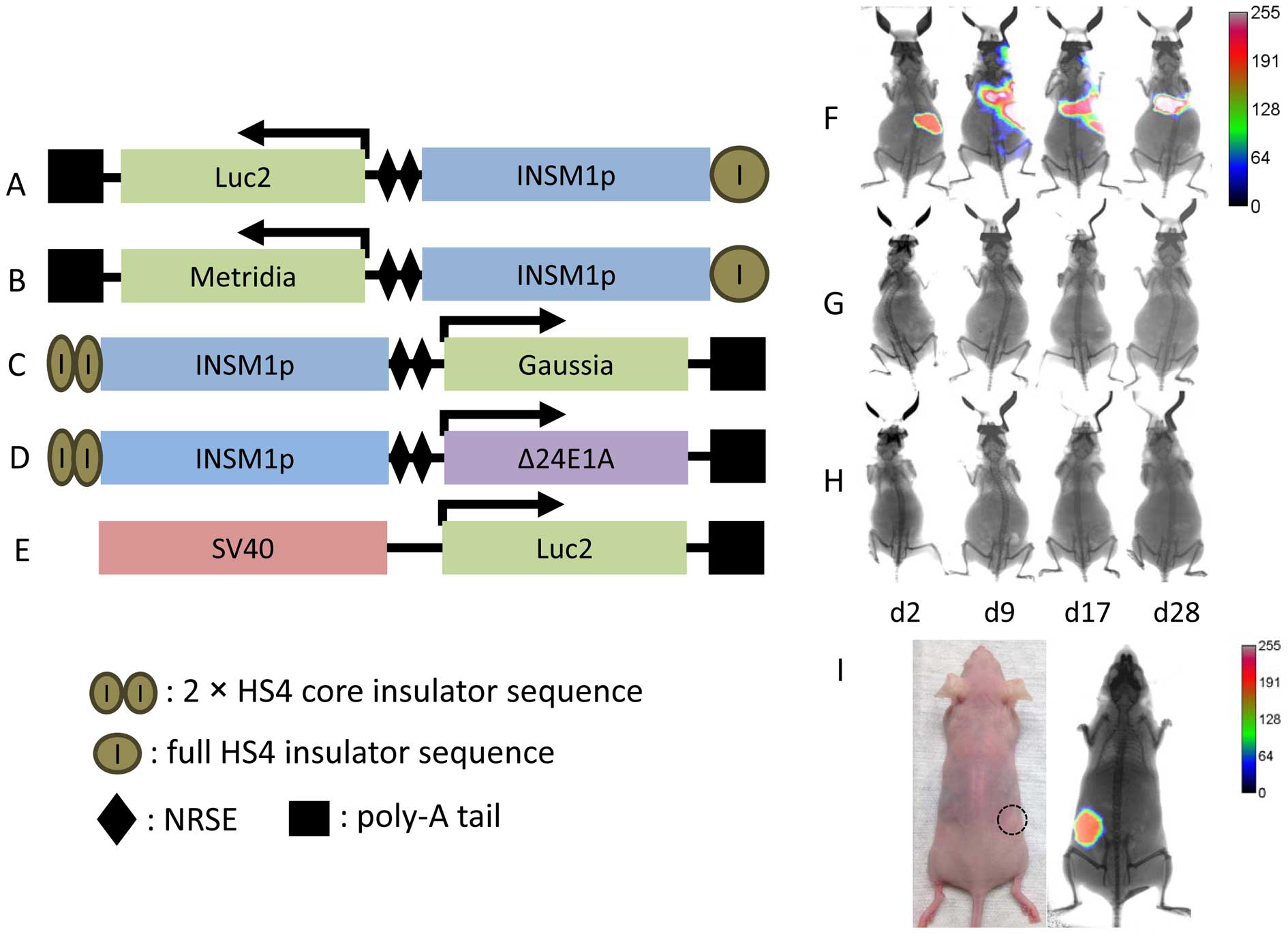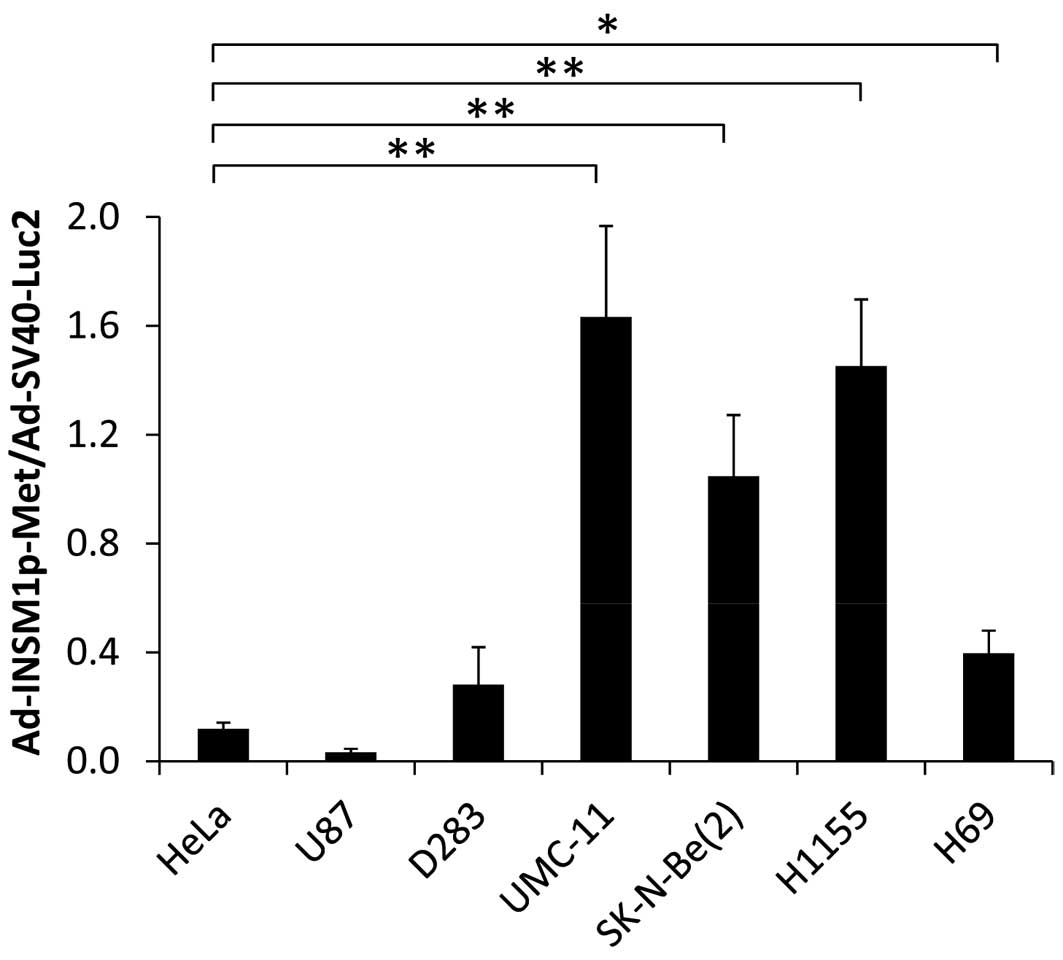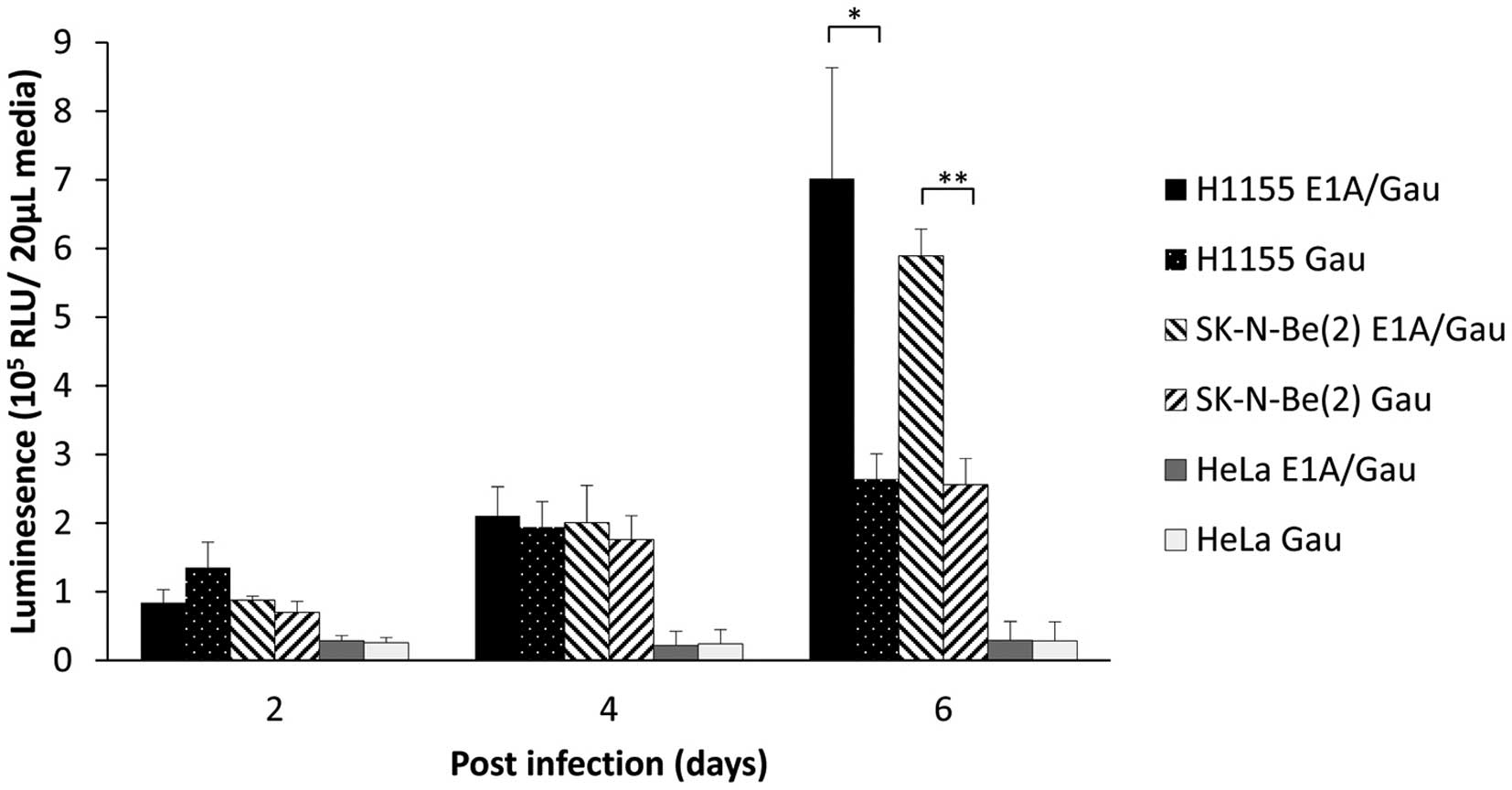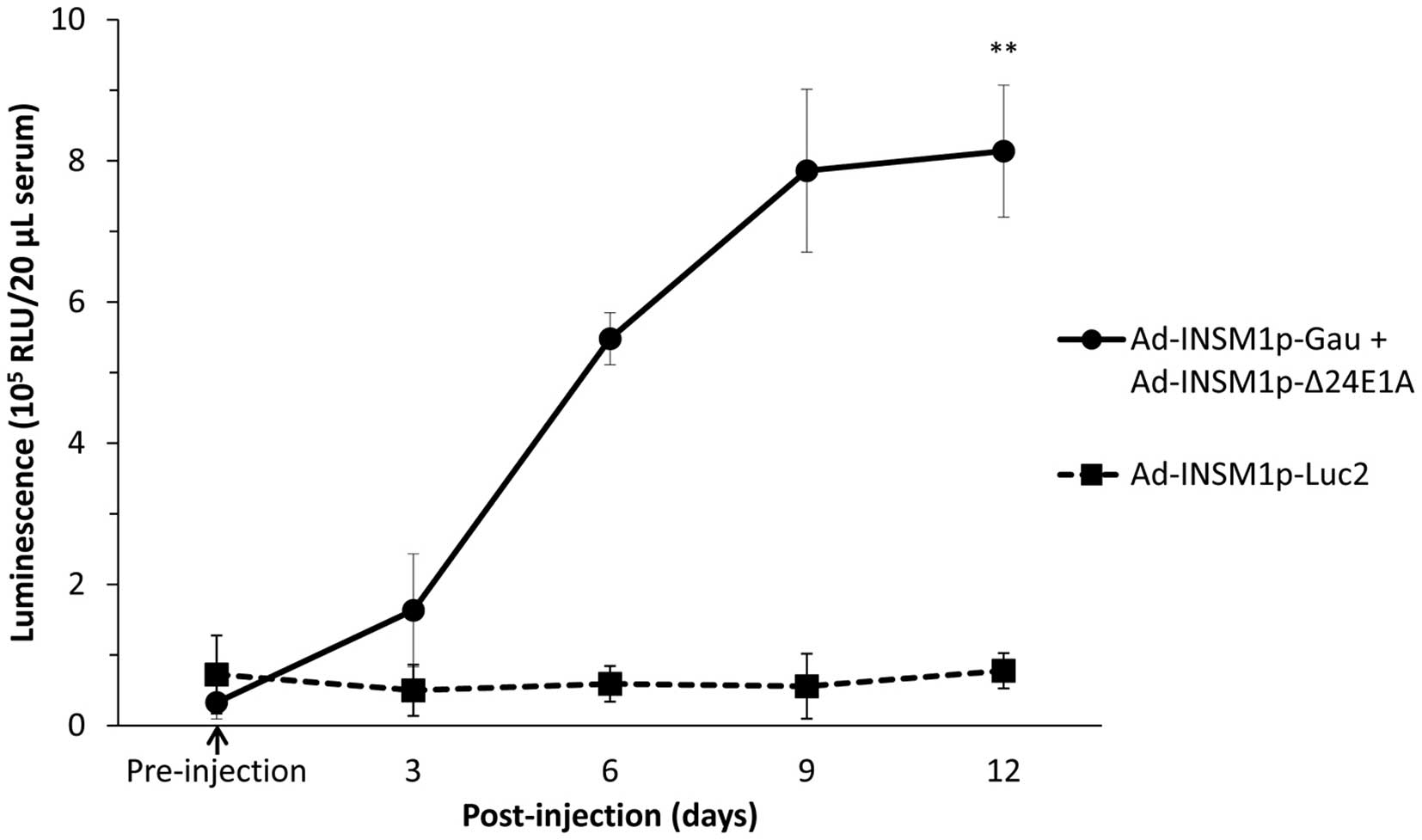|
1
|
Rindi G and Wiedenmann B: Neuroendocrine
neoplasms of the gut and pancreas: New insights. Nat Rev
Endocrinol. 8:54–64. 2012. View Article : Google Scholar
|
|
2
|
Jann H, Roll S, Couvelard A, Hentic O,
Pavel M, Müller-Nordhorn J, Koch M, Röcken C, Rindi G, Ruszniewski
P, et al: Neuroendocrine tumors of midgut and hindgut origin:
Tumor-node-metastasis classification determines clinical outcome.
Cancer. 117:3332–3341. 2011. View Article : Google Scholar : PubMed/NCBI
|
|
3
|
Brodeur GM, Pritchard J, Berthold F,
Carlsen NL, Castel V, Castelberry RP, De Bernardi B, Evans AE,
Favrot M, Hedborg F, et al: Revisions of the international criteria
for neuroblastoma diagnosis, staging, and response to treatment. J
Clin Oncol. 11:1466–1477. 1993.PubMed/NCBI
|
|
4
|
Hayes FA, Green A, Hustu HO and Kumar M:
Surgicopathologic staging of neuroblastoma: Prognostic significance
of regional lymph node metastases. J Pediatr. 102:59–62. 1983.
View Article : Google Scholar : PubMed/NCBI
|
|
5
|
Oyharcabal-Bourden V, Kalifa C, Gentet JC,
Frappaz D, Edan C, Chastagner P, Sariban E, Pagnier A, Babin A,
Pichon F, et al: Standard-risk medulloblastoma treated by adjuvant
chemotherapy followed by reduced-dose craniospinal radiation
therapy: A French Society of Pediatric Oncology Study. J Clin
Oncol. 23:4726–4734. 2005. View Article : Google Scholar : PubMed/NCBI
|
|
6
|
Packer RJ, Goldwein J, Nicholson HS,
Vezina LG, Allen JC, Ris MD, Muraszko K, Rorke LB, Wara WM, Cohen
BH, et al: Treatment of children with medulloblastomas with
reduced-dose craniospinal radiation therapy and adjuvant
chemotherapy: A Children's Cancer Group Study. J Clin Oncol.
17:2127–2136. 1999.PubMed/NCBI
|
|
7
|
Richardson GE and Johnson BE: The biology
of lung cancer. Semin Oncol. 20:105–127. 1993.PubMed/NCBI
|
|
8
|
Mountain CF: Clinical biology of small
cell carcinoma: Relationship to surgical therapy. Semin Oncol.
5:272–279. 1978.PubMed/NCBI
|
|
9
|
Argiris A and Murren JR: Staging and
clinical prognostic factors for small-cell lung cancer. Cancer J.
7:437–447. 2001.PubMed/NCBI
|
|
10
|
Goto Y, De Silva MG, Toscani A, Prabhakar
BS, Notkins AL and Lan MS: A novel human insulinoma-associated
cDNA, IA-1, encodes a protein with ‘zinc-finger’ DNA-binding
motifs. J Biol Chem. 267:15252–15257. 1992.PubMed/NCBI
|
|
11
|
Lan MS, Russell EK, Lu J, Johnson BE and
Notkins AL: IA-1, a new marker for neuroendocrine differentiation
in human lung cancer cell lines. Cancer Res. 53:4169–4171.
1993.PubMed/NCBI
|
|
12
|
Breslin MB, Zhu M, Notkins AL and Lan MS:
Neuroendocrine differentiation factor, IA-1, is a transcriptional
repressor and contains a specific DNA-binding domain:
Identification of consensus IA-1 binding sequence. Nucleic Acids
Res. 30:1038–1045. 2002. View Article : Google Scholar : PubMed/NCBI
|
|
13
|
Gierl MS, Karoulias N, Wende H, Strehle M
and Birchmeier C: The zinc-finger factor Insm1 (IA-1) is essential
for the development of pancreatic beta cells and intestinal
endocrine cells. Genes Dev. 20:2465–2478. 2006. View Article : Google Scholar : PubMed/NCBI
|
|
14
|
Wildner H, Gierl MS, Strehle M, Pla P and
Birchmeier C: Insm1 (IA-1) is a crucial component of the
transcriptional network that controls differentiation of the
sympatho-adrenal lineage. Development. 135:473–481. 2008.
View Article : Google Scholar
|
|
15
|
Farkas LM, Haffner C, Giger T, Khaitovich
P, Nowick K, Birchmeier C, Pääbo S and Huttner WB:
Insulinoma-associated 1 has a panneurogenic role and promotes the
generation and expansion of basal progenitors in the developing
mouse neocortex. Neuron. 60:40–55. 2008. View Article : Google Scholar : PubMed/NCBI
|
|
16
|
Xie J, Cai T, Zhang H, Lan MS and Notkins
AL: The zinc-finger transcription factor INSM1 is expressed during
embryo development and interacts with the Cbl-associated protein.
Genomics. 80:54–61. 2002. View Article : Google Scholar : PubMed/NCBI
|
|
17
|
Mellitzer G, Bonné S, Luco RF, Van De
Casteele M, Lenne-Samuel N, Collombat P, Mansouri A, Lee J, Lan M,
Pipeleers D, et al: IA1 is NGN3-dependent and essential for
differentiation of the endocrine pancreas. EMBO J. 25:1344–1352.
2006. View Article : Google Scholar : PubMed/NCBI
|
|
18
|
Lan MS and Breslin MB: Structure,
expression, and biological function of INSM1 transcription factor
in neuroendocrine differentiation. FASEB J. 23:2024–2033. 2009.
View Article : Google Scholar : PubMed/NCBI
|
|
19
|
El-Amouri SS, Cao P, Miao C and Pan D:
Secreted luciferase for in vivo evaluation of systemic protein
delivery in mice. Mol Biotechnol. 53:63–73. 2013. View Article : Google Scholar
|
|
20
|
Koutsoudakis G, Pérez-del-Pulgar S,
González P, Crespo G, Navasa M and Forns X: A Gaussia luciferase
cell-based system to assess the infection of cell culture- and
serum-derived hepatitis C virus. PLoS One. 7:e532542012. View Article : Google Scholar
|
|
21
|
Whyte P, Buchkovich KJ, Horowitz JM,
Friend SH, Raybuck M, Weinberg RA and Harlow E: Association between
an oncogene and an anti-oncogene: The adenovirus E1A proteins bind
to the retinoblastoma gene product. Nature. 334:124–129. 1988.
View Article : Google Scholar : PubMed/NCBI
|
|
22
|
Akerstrom V, Chen C, Lan MS and Breslin
MB: Modifications to the INSM1 promoter to preserve specificity and
activity for use in adenoviral gene therapy of neuroendocrine
carcinomas. Cancer Gene Ther. 19:828–838. 2012. View Article : Google Scholar : PubMed/NCBI
|
|
23
|
Aker M, Tubb J, Groth AC, Bukovsky AA,
Bell AC, Felsenfeld G, Kiem HP, Stamatoyannopoulos G and Emery DW:
Extended core sequences from the cHS4 insulator are necessary for
protecting retroviral vectors from silencing position effects. Hum
Gene Ther. 18:333–343. 2007. View Article : Google Scholar : PubMed/NCBI
|




















